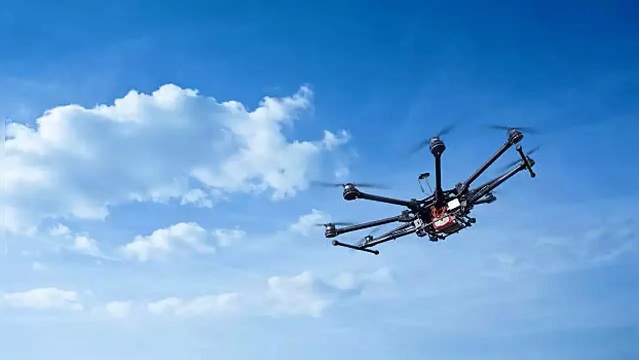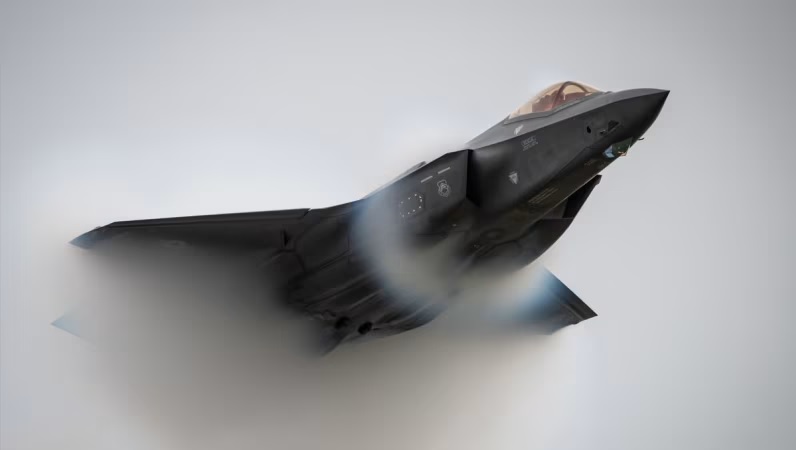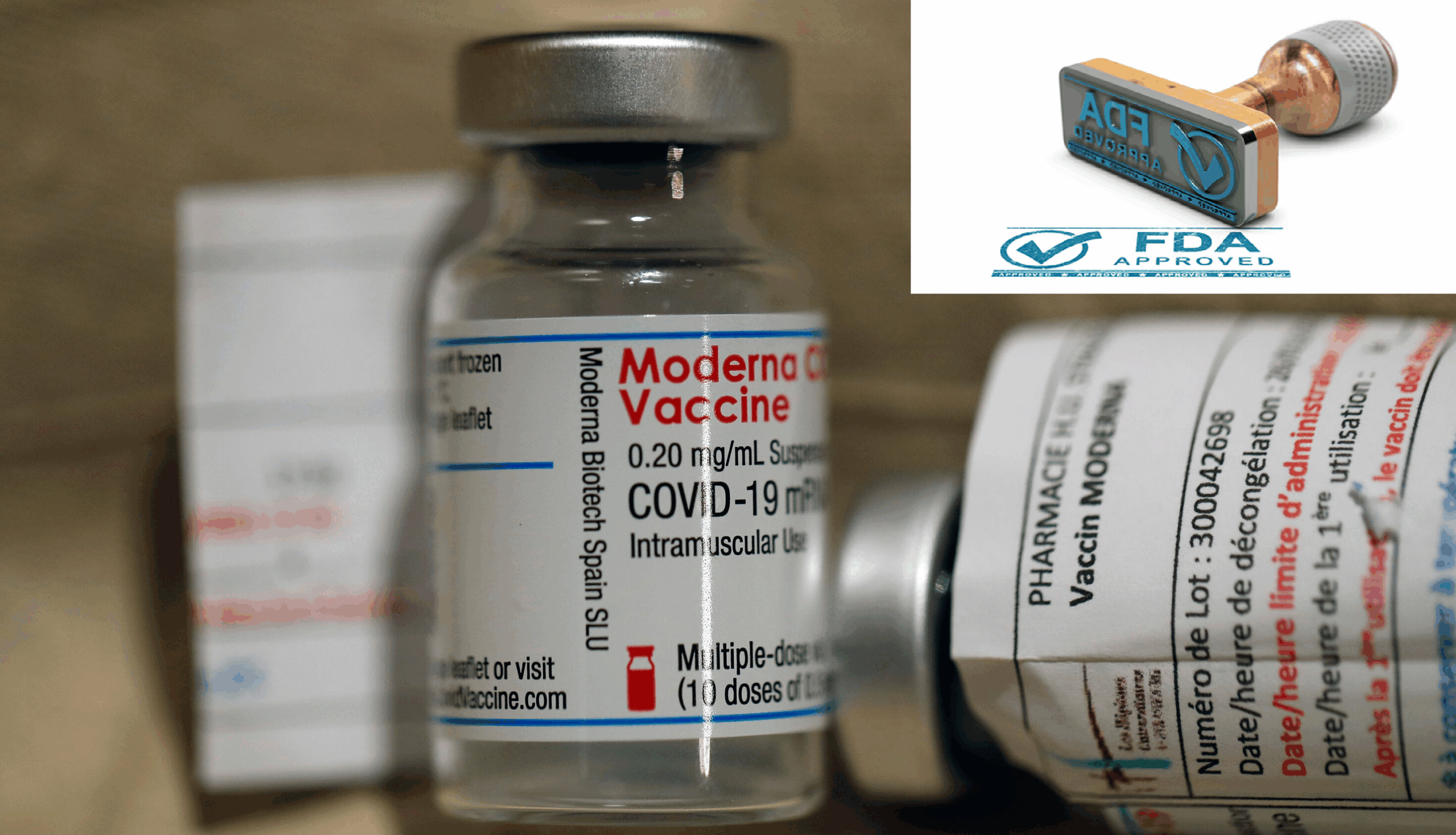USA and UK Authorities Monitor Unmanned Aerial Activity
Drones Sighted Over Multiple Bases
Between Wednesday and Friday, unidentified drones appeared over three military airbases in the UK. The affected sites were RAF Lakenheath, RAF Mildenhall, and RAF Feltwell, all of which host United States Air Force (USAF) operations. These incidents raised concerns but did not disrupt base activities or critical infrastructure.

Details from the United States Air Force
The USAF confirmed the sightings, describing the objects as “small unmanned aerial systems” (UASs). These drones varied in number, size, and configuration. While the USAF declined to confirm if the drones posed a direct threat, it emphasized that base personnel actively monitored the activity. Installation leaders concluded there was no immediate risk to residents or infrastructure.
The USAF spokesperson stated: “We retain the right to protect the installations and are working with host-nation authorities to ensure safety.” No details about specific defensive measures were shared, citing operational security concerns.
Roles of the Affected Bases
Each base has distinct roles, which underscores their strategic importance. RAF Lakenheath houses advanced F-35A and F-15E fighter jets, RAF Mildenhall serves as the home of the USAF’s 100th Air Refueling Wing, and RAF Feltwell focuses on logistics and military housing. The presence of drones in these areas warrants close attention to prevent potential risks.

UK Ministry of Defence Response
The British Ministry of Defence (MOD), which owns these bases, reiterated its commitment to security. A MOD spokesperson confirmed that robust counter-drone capabilities are in place, although further details were not provided. “We take threats seriously,” the spokesperson added.
Ongoing Investigation
The situation remains under investigation, with both the USAF and UK authorities collaborating to address the issue. While the drones did not directly impact operations, their presence highlights vulnerabilities in airbase security. Continuous monitoring and coordination between nations ensure the safety of personnel, facilities, and assets.
Our Visitor






 Users Today : 39
Users Today : 39



